The Commodore 1600, also known as the “VICMODEM”, is Commodore’s very first modem (1982): It supports 300 baud duplex connections, and is connected to an existing telephone’s handset connector instead of the phone line. This kept the price down, but required the user to dial manually through the phone.
Historical Context
| Year | Name | Model | Description |
|---|---|---|---|
| 1982 | VICMODEM | 1600 | connected to phone’s handset connector; manual dialing through phone; Motorola MC14412 |
| 1982 | AUTOMODEM | 1650 | connected to phone line, pulse dialing in software; Motorola MC14412 |
| 1985 | MODEM/300 | 1660 | added tone dialing support by feeding SID output into modem; Texas Instruments TMS99532A |
| 1987 | MODEM/1200 | 1670 | Hayes command set; pulse and tone dialing in hardware; 300/1200 baud support; U.S. Robotics chipset |
Photos
On the back, there is the RJ11C handset connector. On the side, there is an LED indicating that indicates when the phone is transmitting or receiving, and a switch that can be put into the “A” (answer) or “O” (originate) position, depending whether a phone call is supposed to be made or accepted.
On the front, there is the VIC-20/C64 user port connector.
The label on the bottom says:
FCC ID: B4V8N2VIC 20
Commodore Business Machines, Inc.
Made in USACertified to comply with the limits for a Class B
computing device pursuant to Subpart J of
Part 15 of FCC Rules. See instructions if
interference to radio reception is suspected.COMPLIES WITH PART 68, FCC RULES FCC
REGISTRATION NUMBER B4V8N2-68331-
KX-N RINGER EQUIVALENCE O.0B JACK
(USOC) N.A. (KX)Model 1600
Serial Number: 093333
The only text on the board is “PWB 00201 B” on the back. The core component is the Motorola MC14412 modem chip (bottom, second from the left).
The RJ11 connector on the back must be connected to an existing phone, instead of its handset, like this:
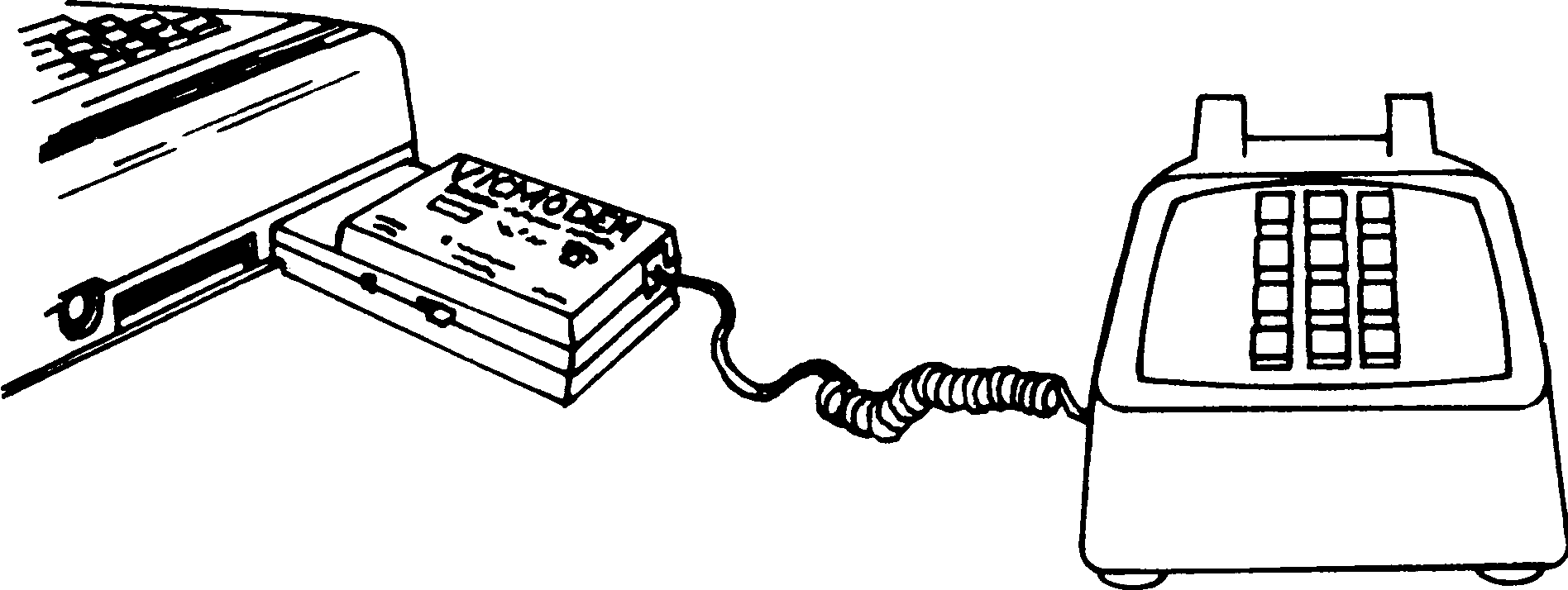
The VICMODEM does not talk on the phone line level, but on the handset level, this reusing the hardware in the existing phone. This allowed the modem to be produced for under $33, so it could be the first modem to be sold for under $1001.
The flip side of this design was that the modem could not dial or answer by itself. To dial a number, it had to be keyed into the telephone with the handset connected, and once one would hear that the remote side picked up, switch the cable to the modem. To wait for a call and answer it, the modem has to be connected and the (unconnected) handset has to be in the cradle. Once it rings, the handset has to be picked up and set aside.
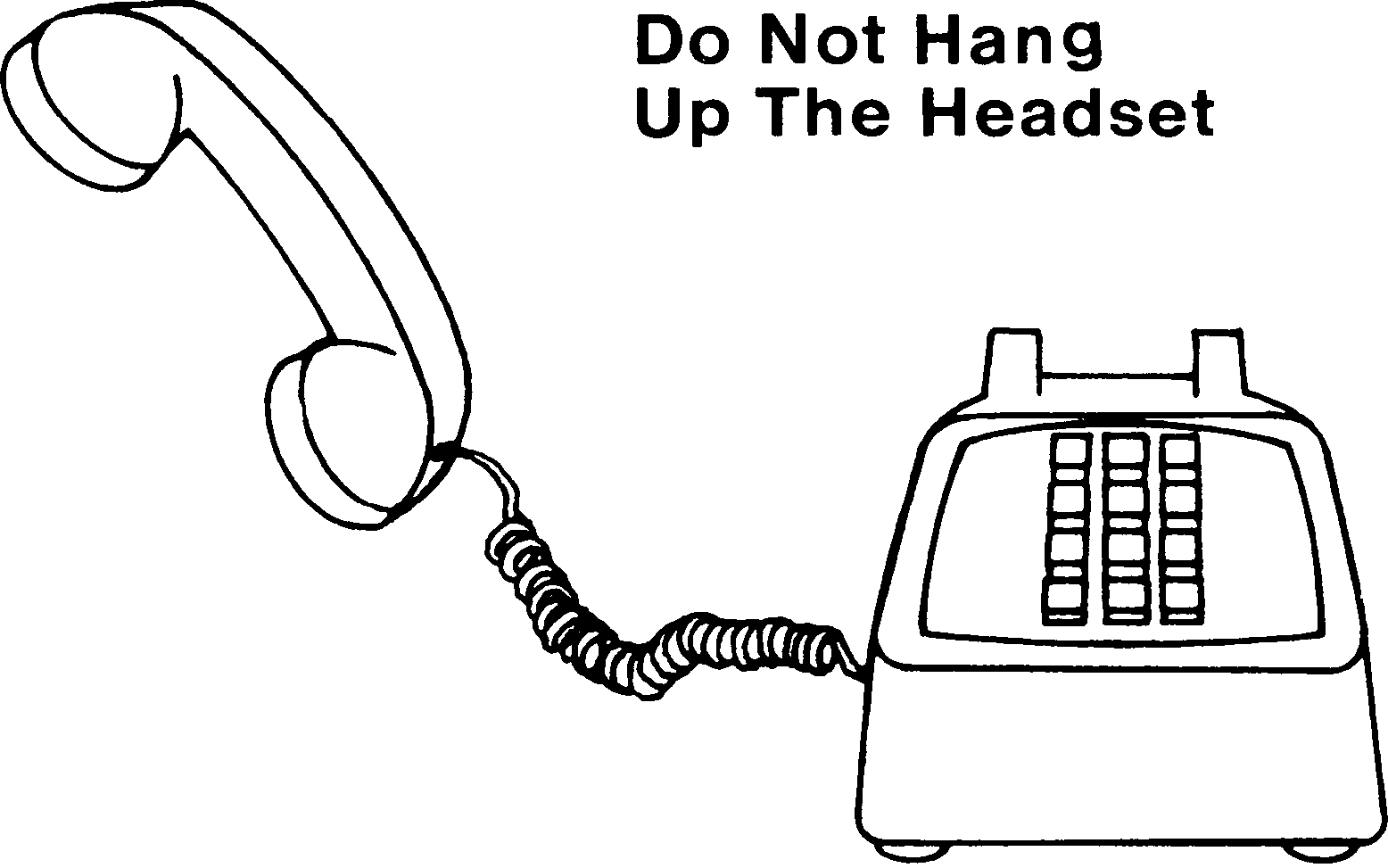
This is exactly how one would operate an acoustic coupler. After all, this modem is more of an acoustic coupler with a direct audio connection than a full modem.
Box
In late 1983, the modem was already sold for under $70.
Manual
More Box Contents
The CompuServe signup form came with the user name and the password pre-filled. We would have been user 75155,731 with a password of FRILL:DOUBLET.
Tape
64 TERM.PRG (2577 bytes)
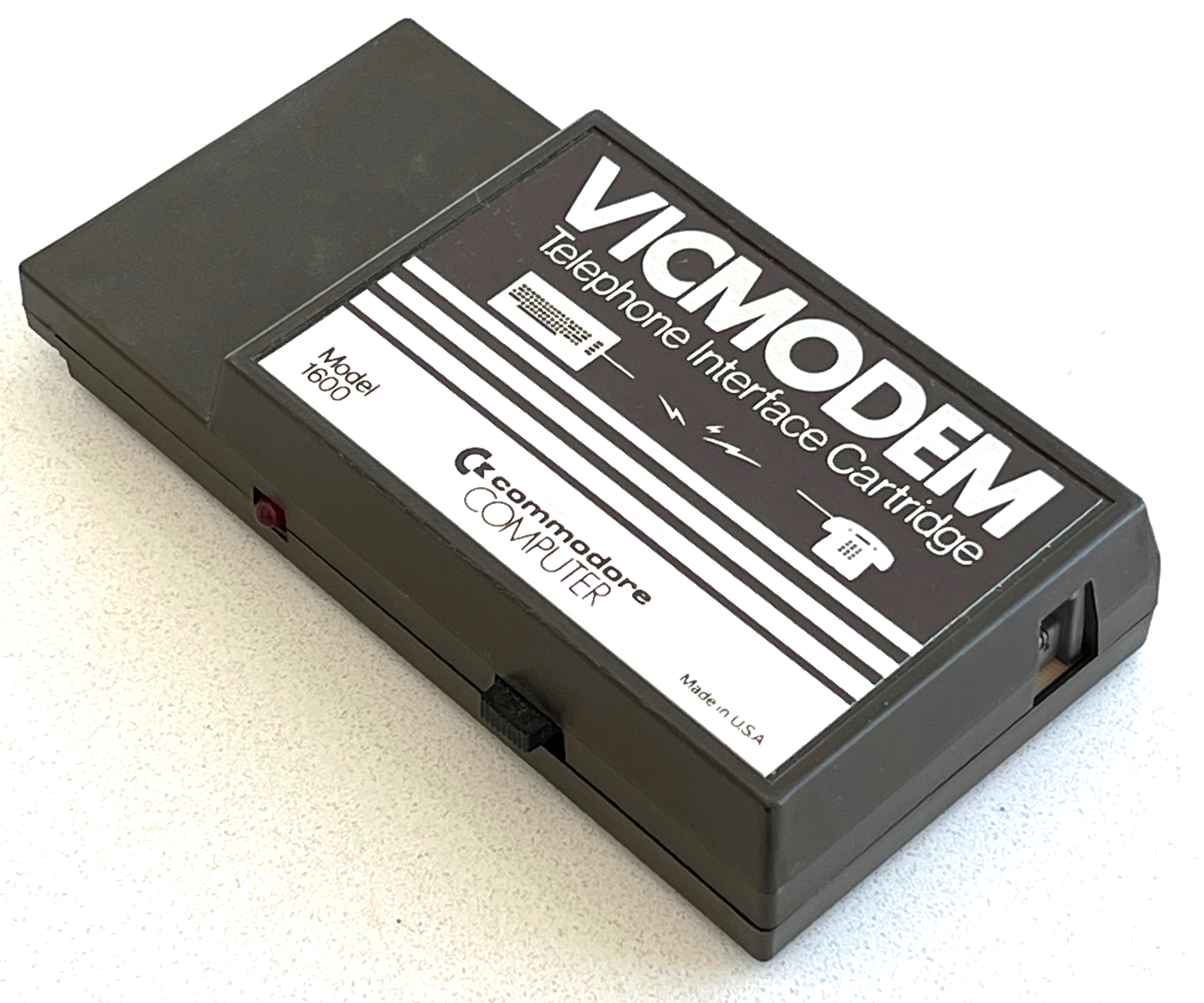
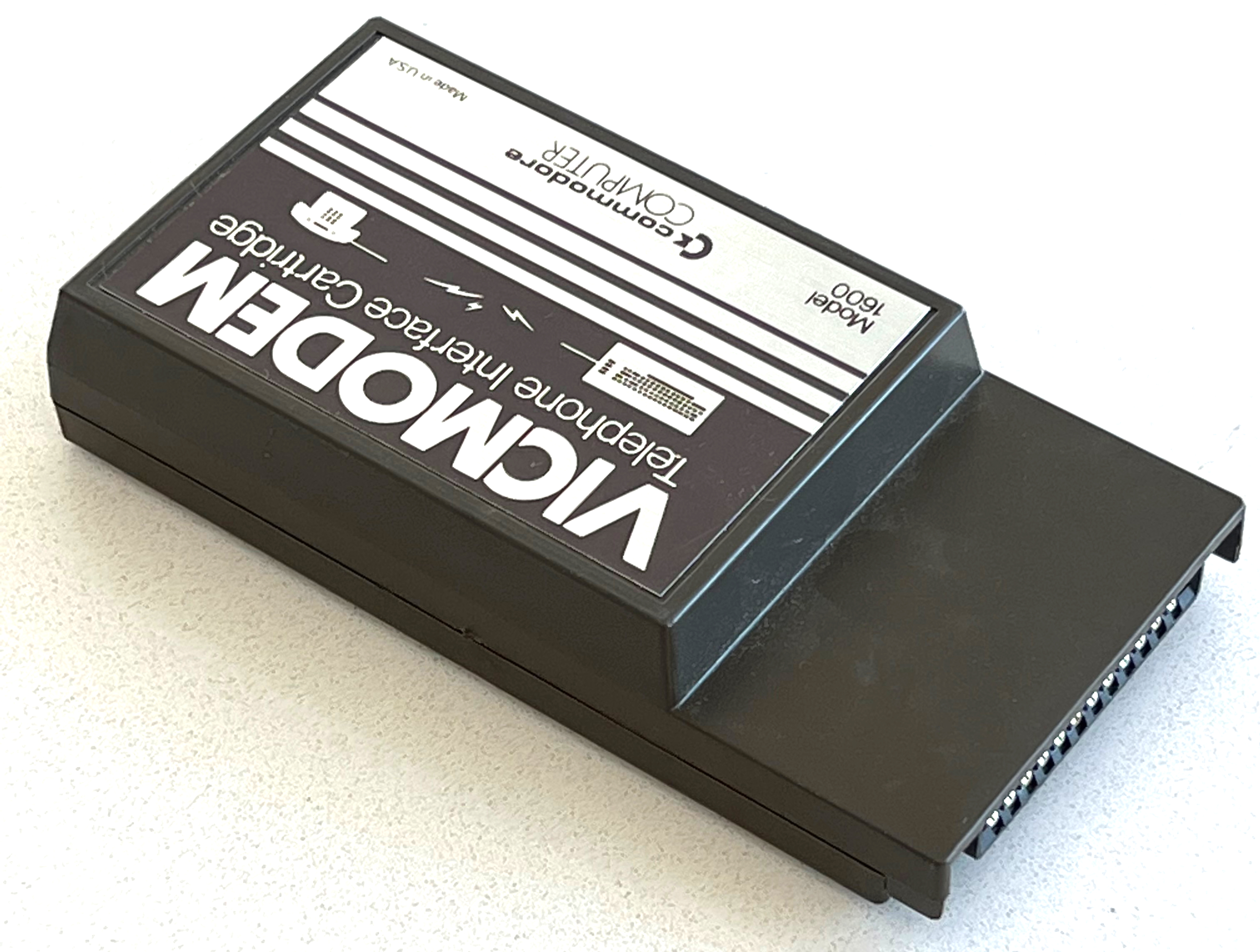





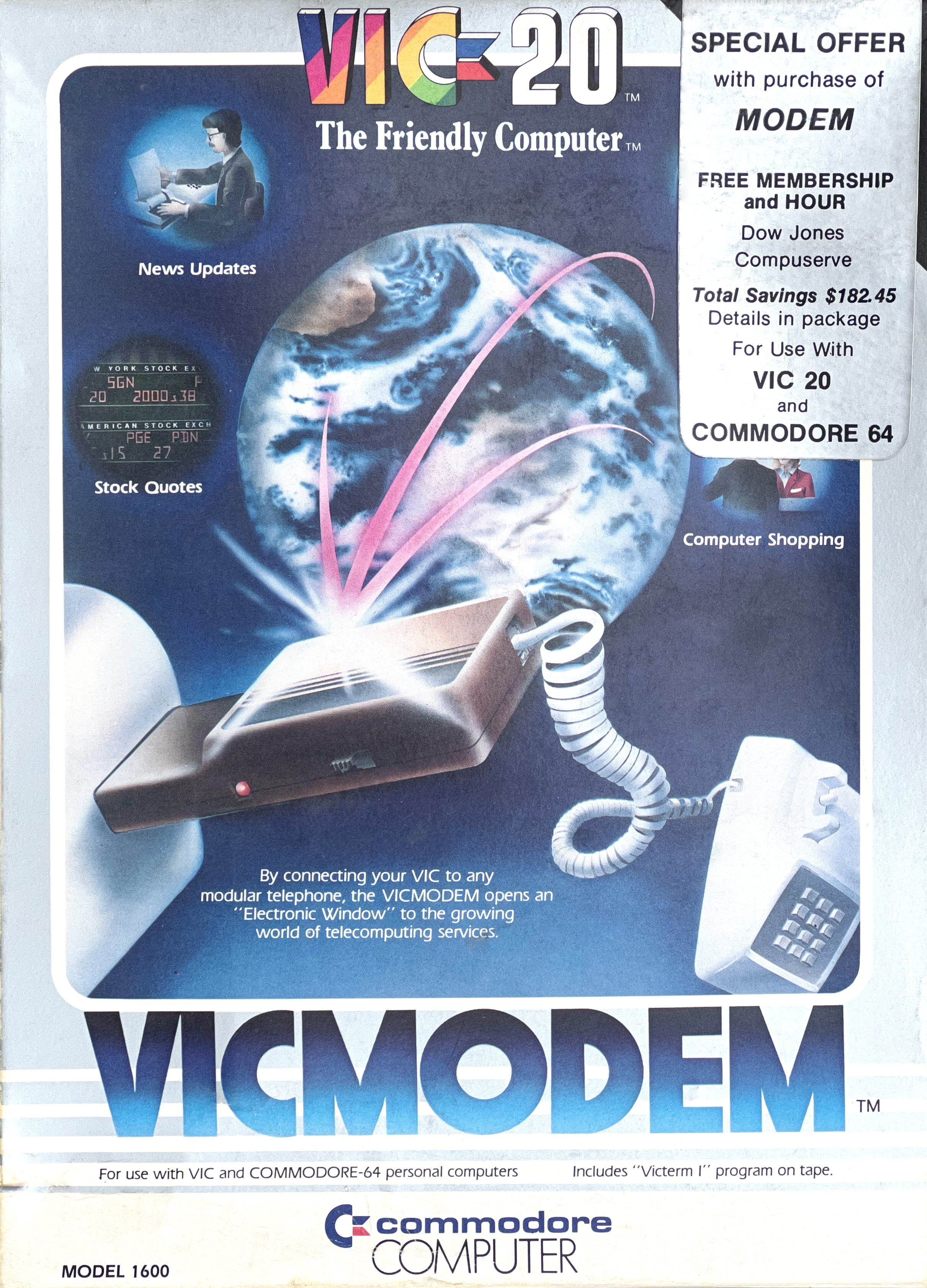
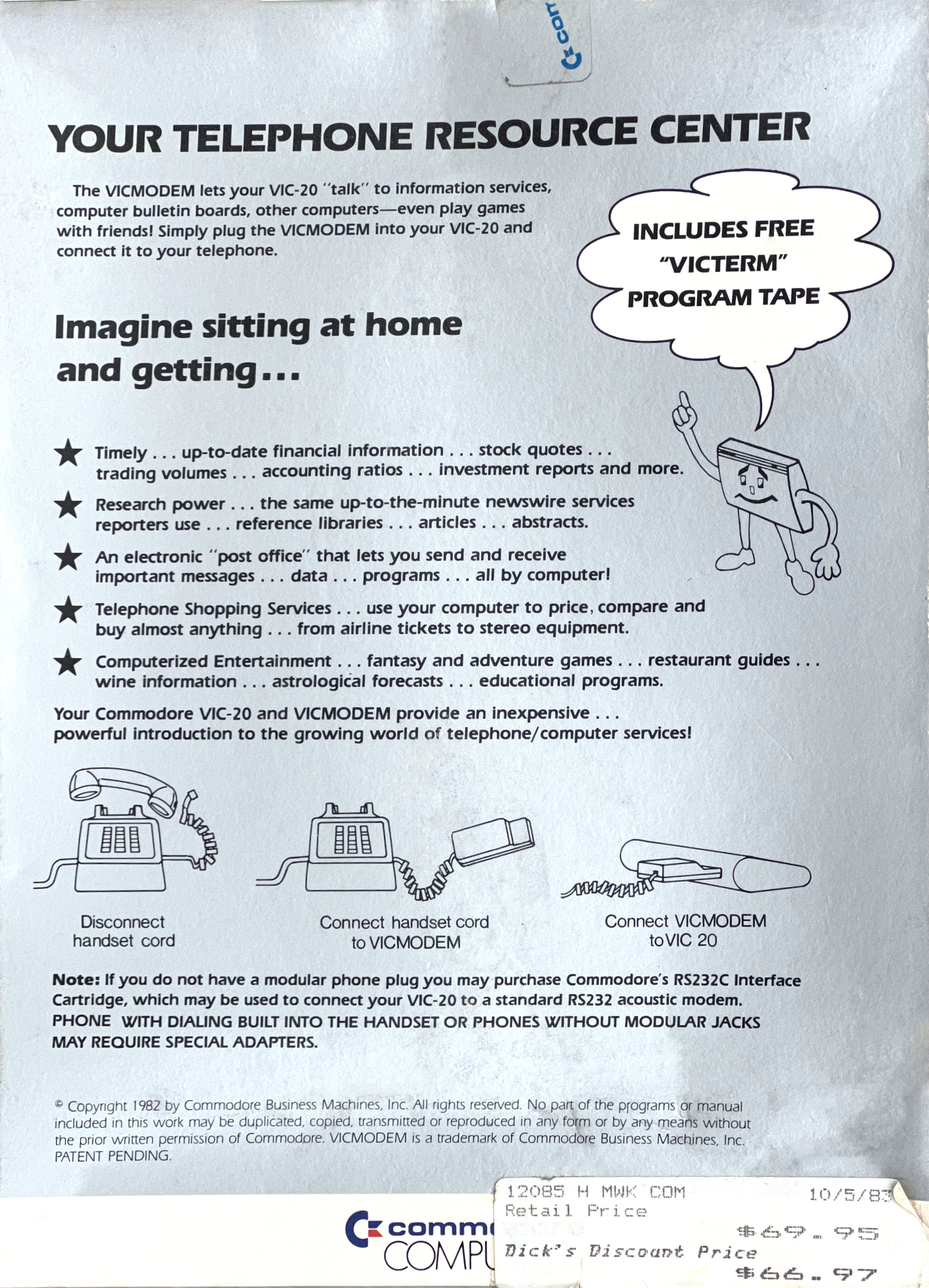

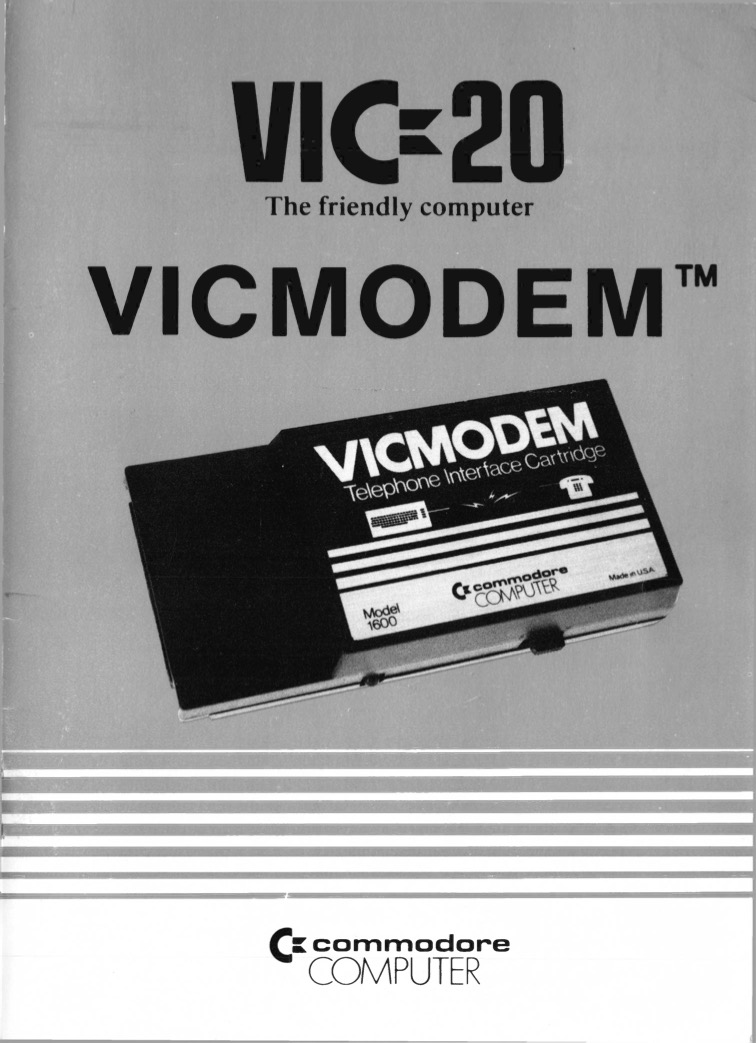
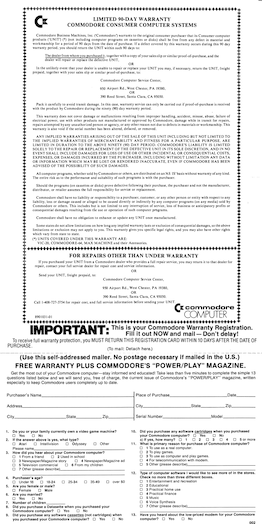


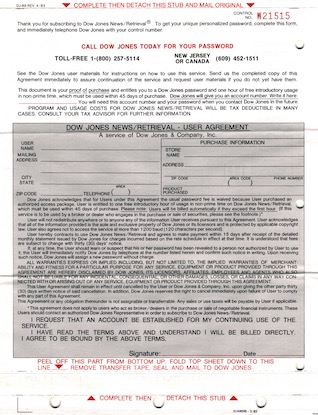

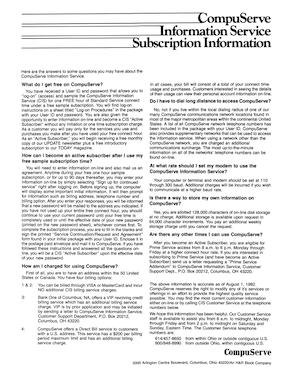
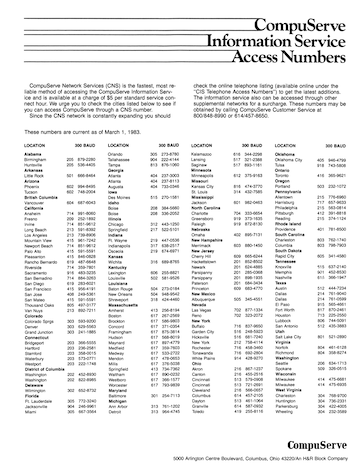
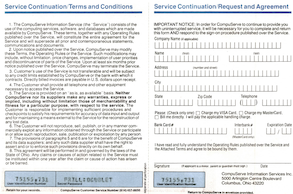
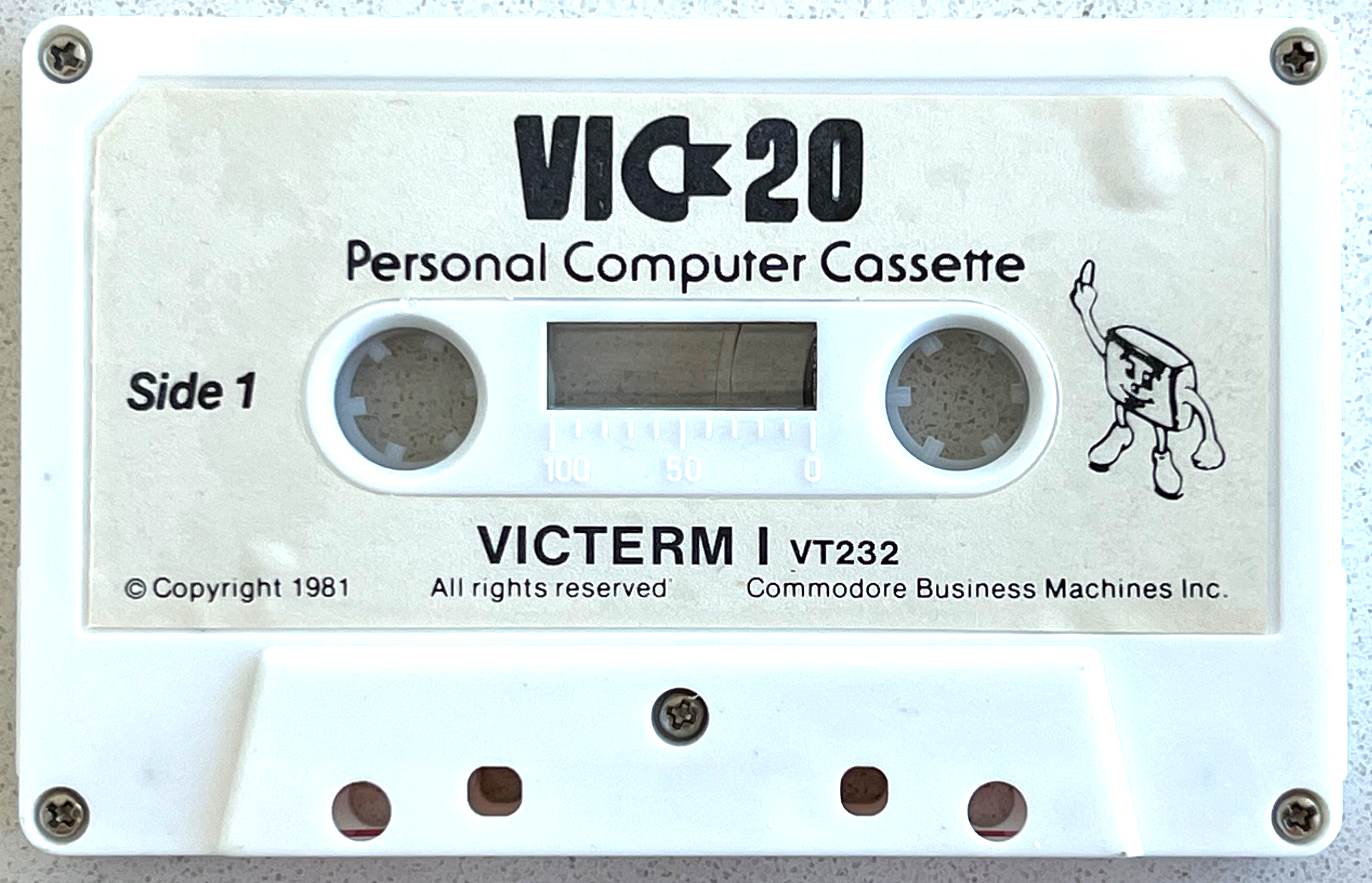
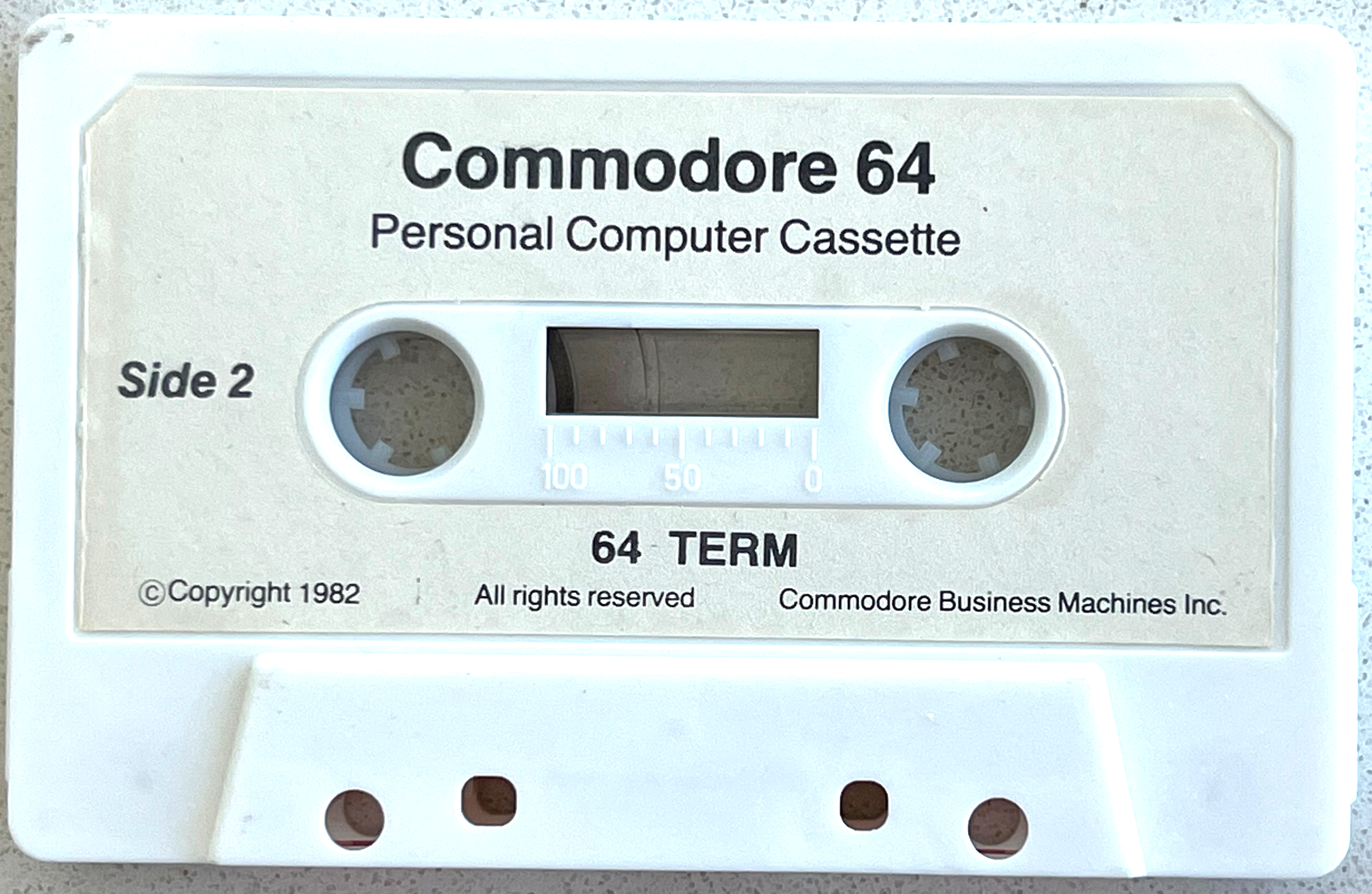
I remember we could do 450 baud between the C64 and other computers (most none commodore), and between two C64 we could reach 550 baud.
How much did they really save on connecting it to the handset wire rather than directly to the phone line?
There still needs to be a transformer in the modem. Perhaps the transformer don’t have to handle as much DC current as if it were connected directly to the line? If connecting/disconnecting connectors for each call were acceptable for the handset cord it could had been acceptable for a direct line connection too. In both cases a simple switch would had been a great addition.
As a side track, in Sweden the Commodore importer Handic produced their own modem that used the AMD “World modem” chip (can’t remember if it’s AM7910 or AM7911?). It was connected directly to the line and used a relay to go off/on hook, controlled by the modem chip together with mometary switches. Like the Vicmodem, it also required you to use a separate phone to dial. There were DIY descriptions on how to modify it to get auto answer, with more or less questionable load on the phone line ring signal.
That is a very good question. It would be interresting to reverse engineer the schematics.
It may have been more to do with the requirement to have/avoid an approval certificate (compliance testing and fees) for direct connection to the telephone network. Connecting to the headset adapter avoided this procedural expense.
Were any of those ancient Commodore modems able to work in european countries?